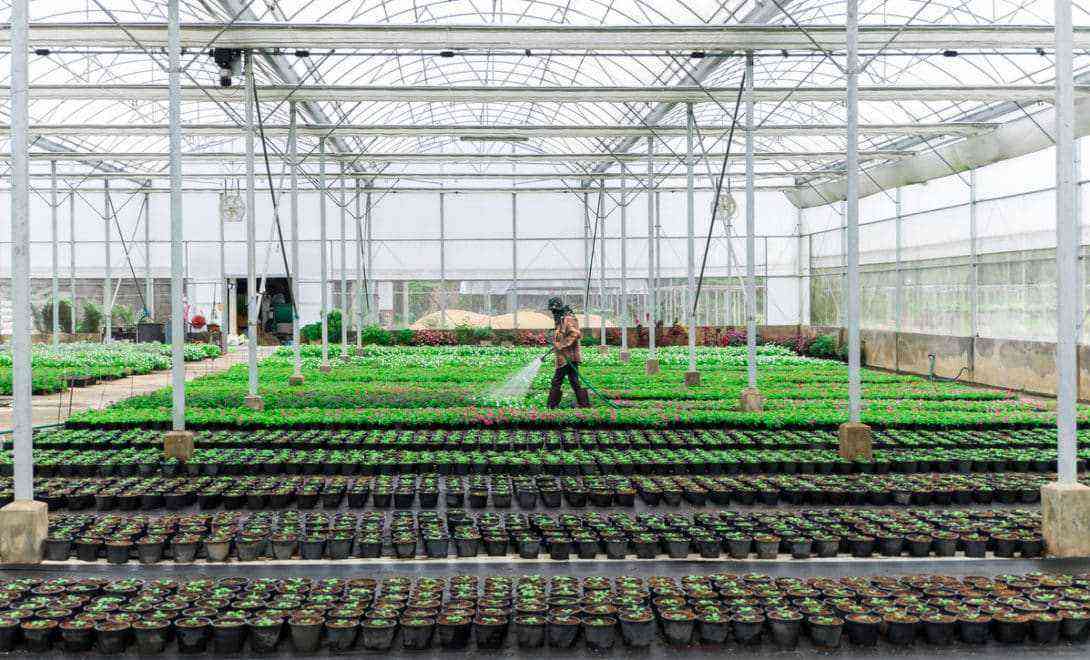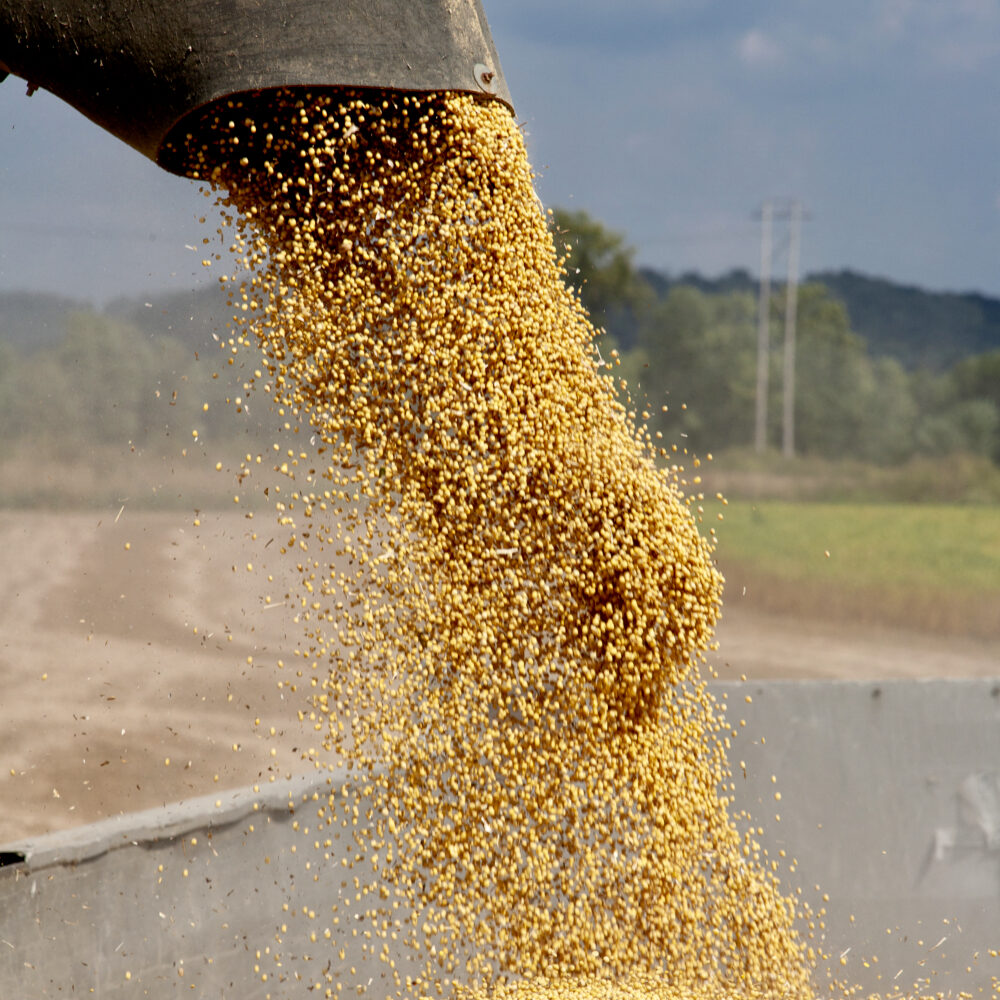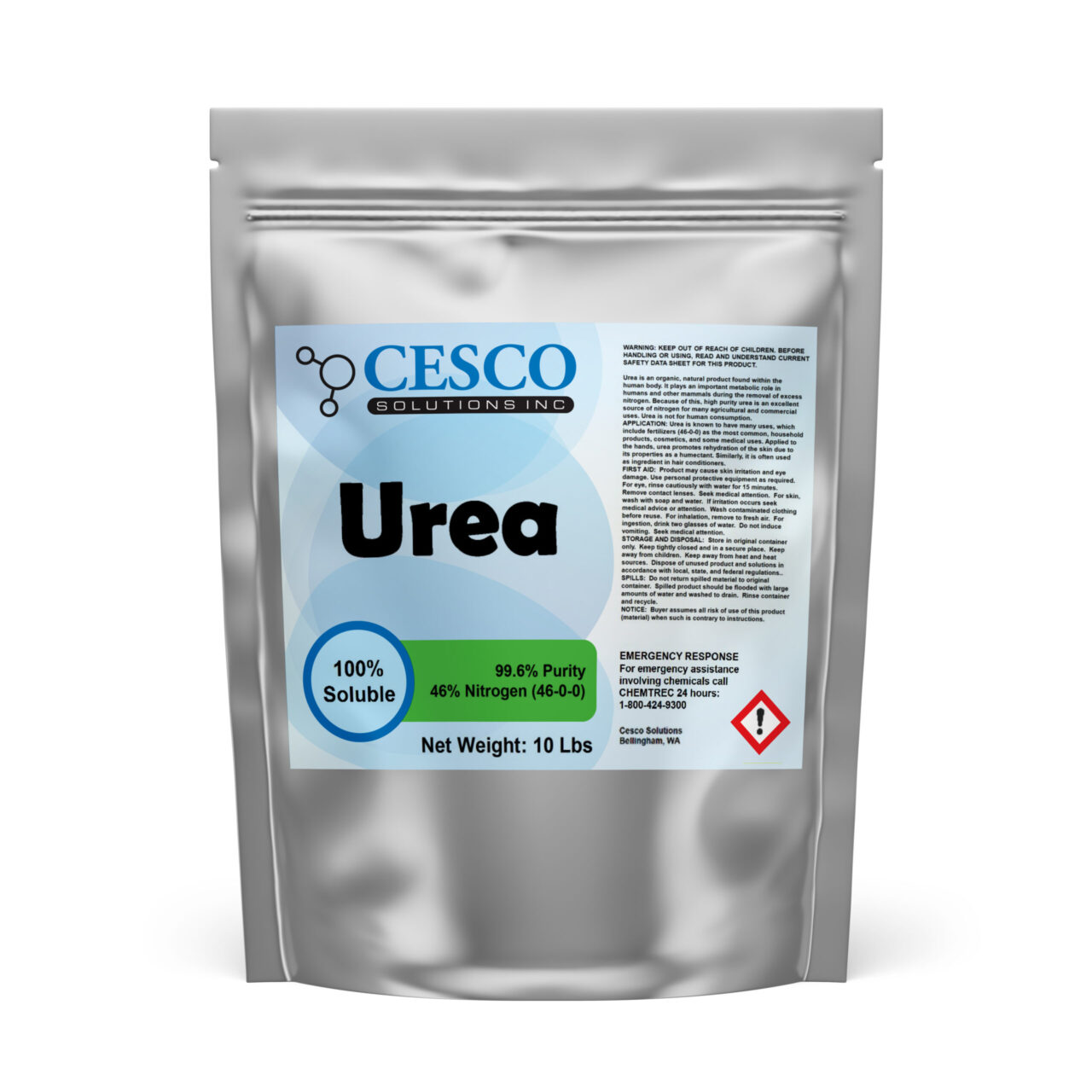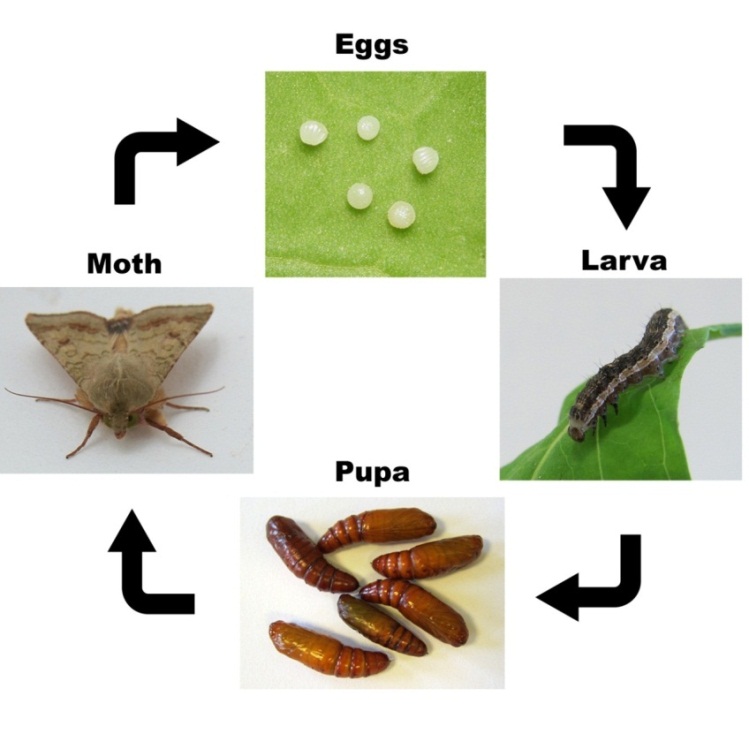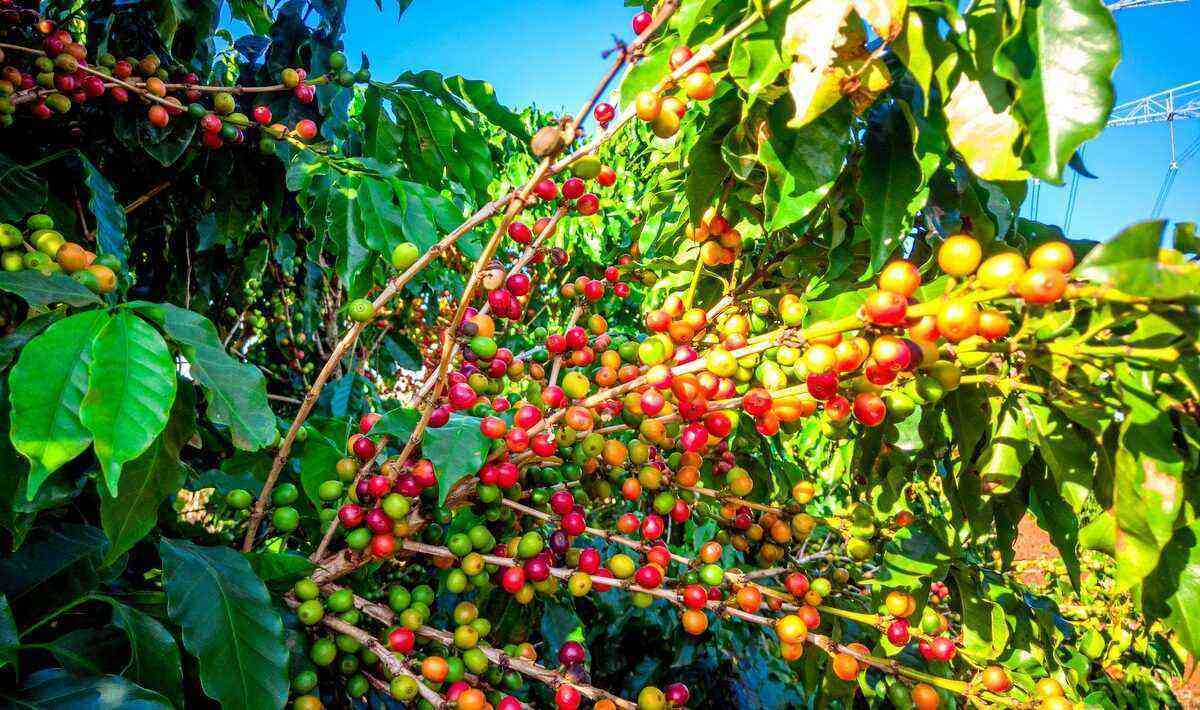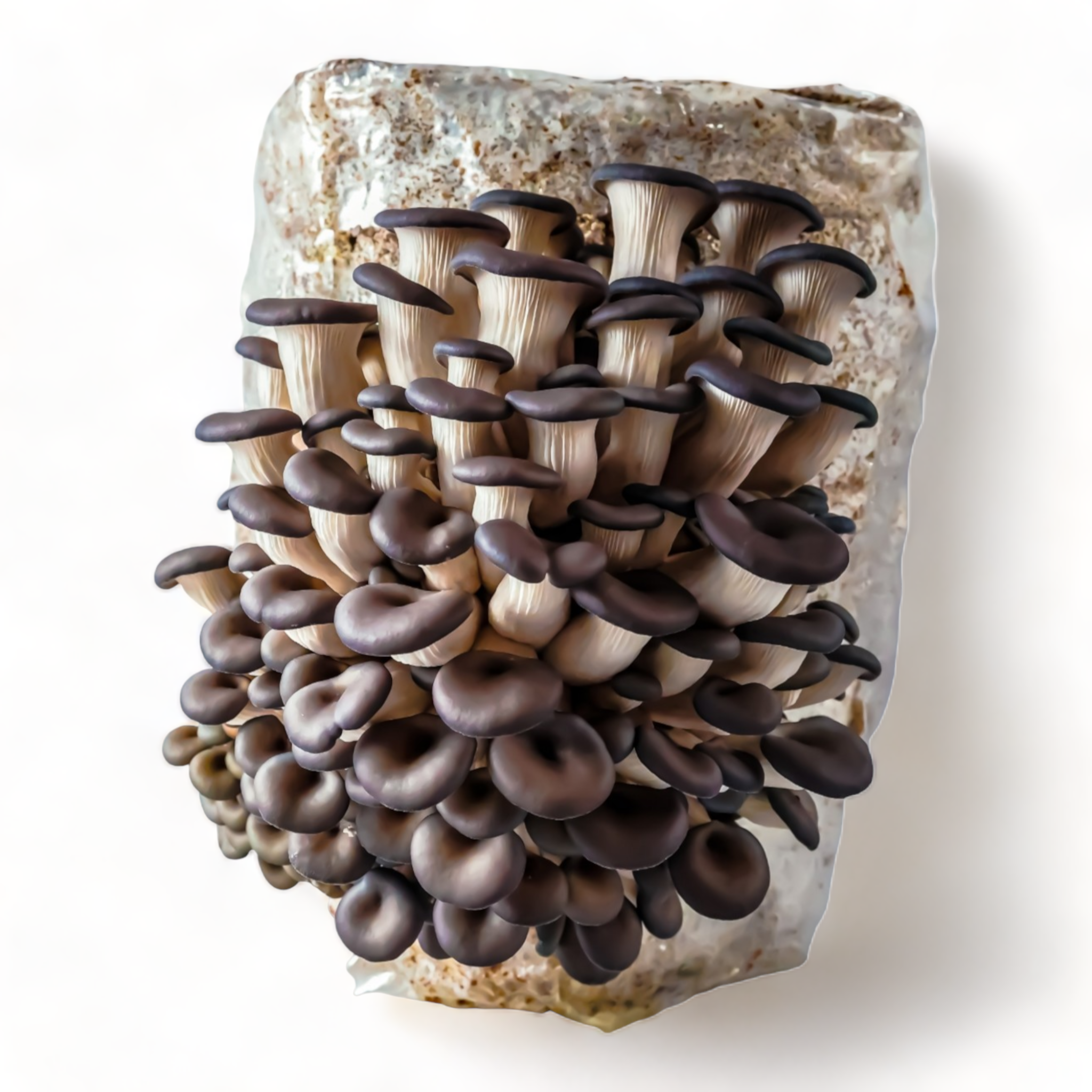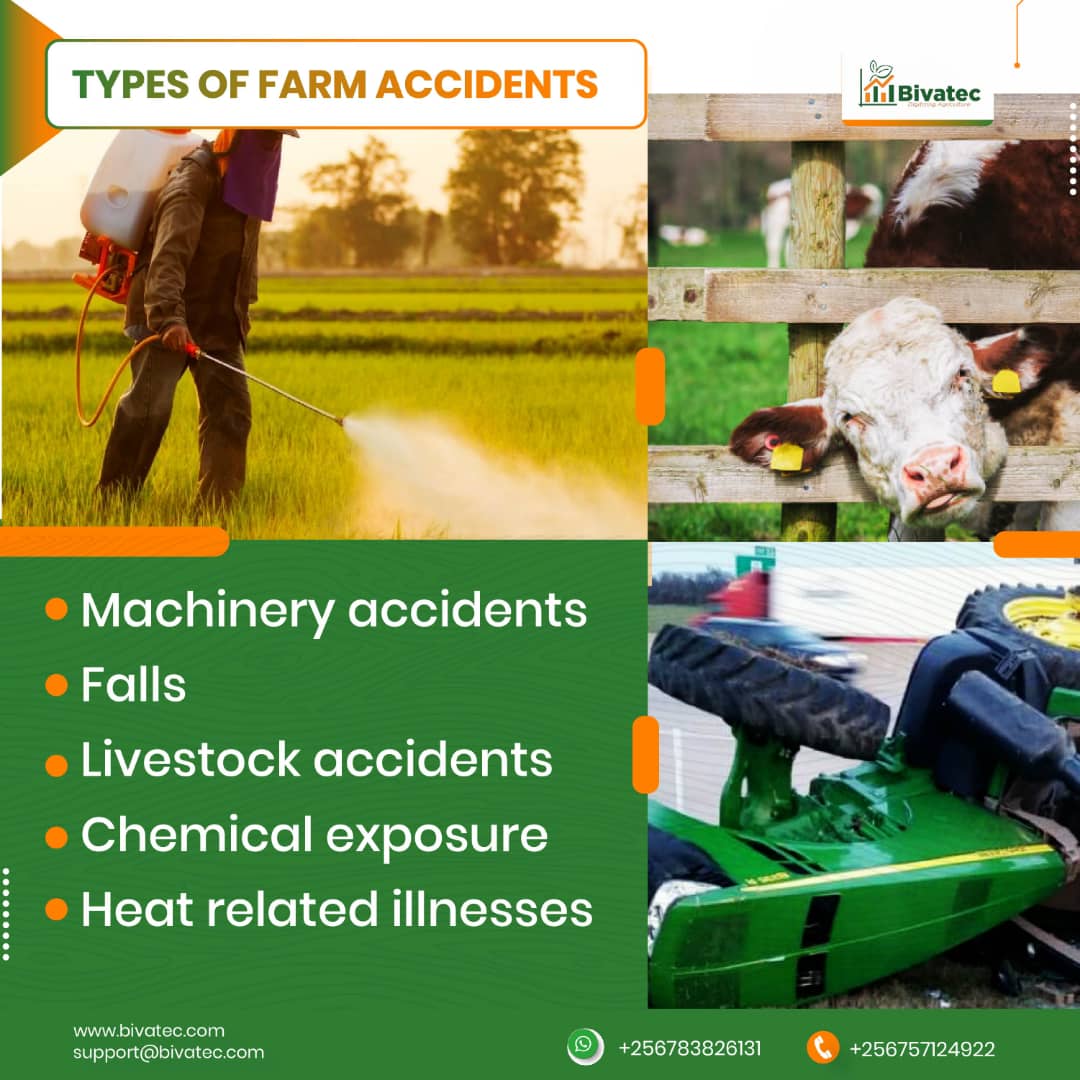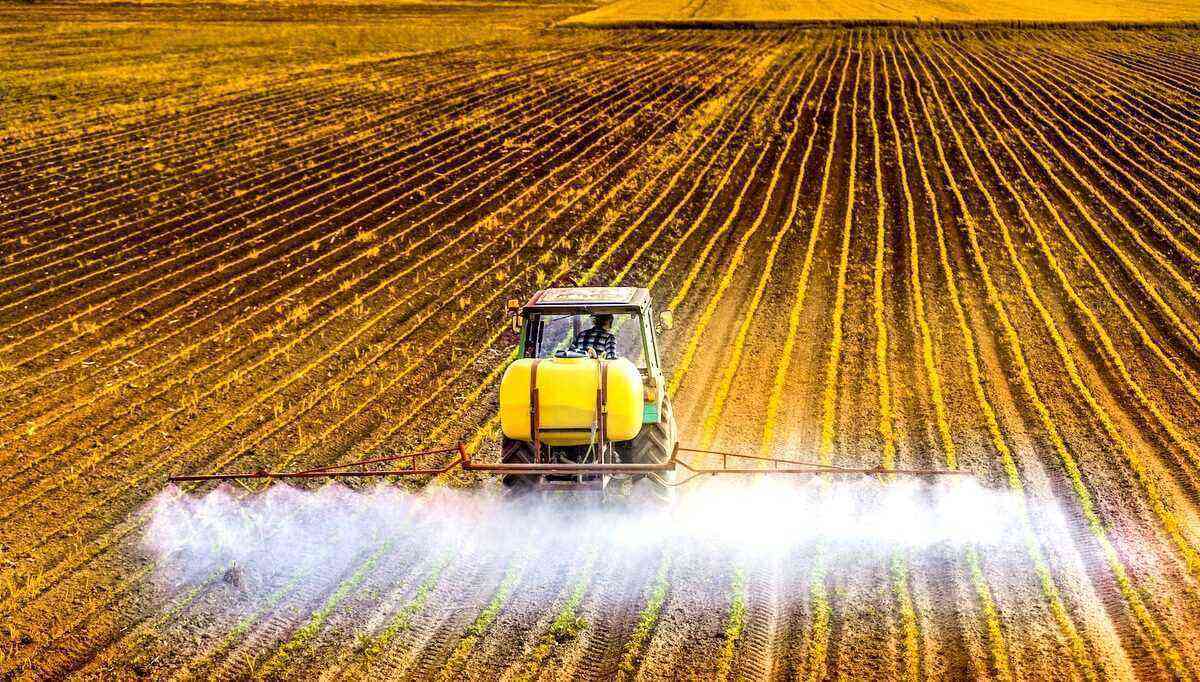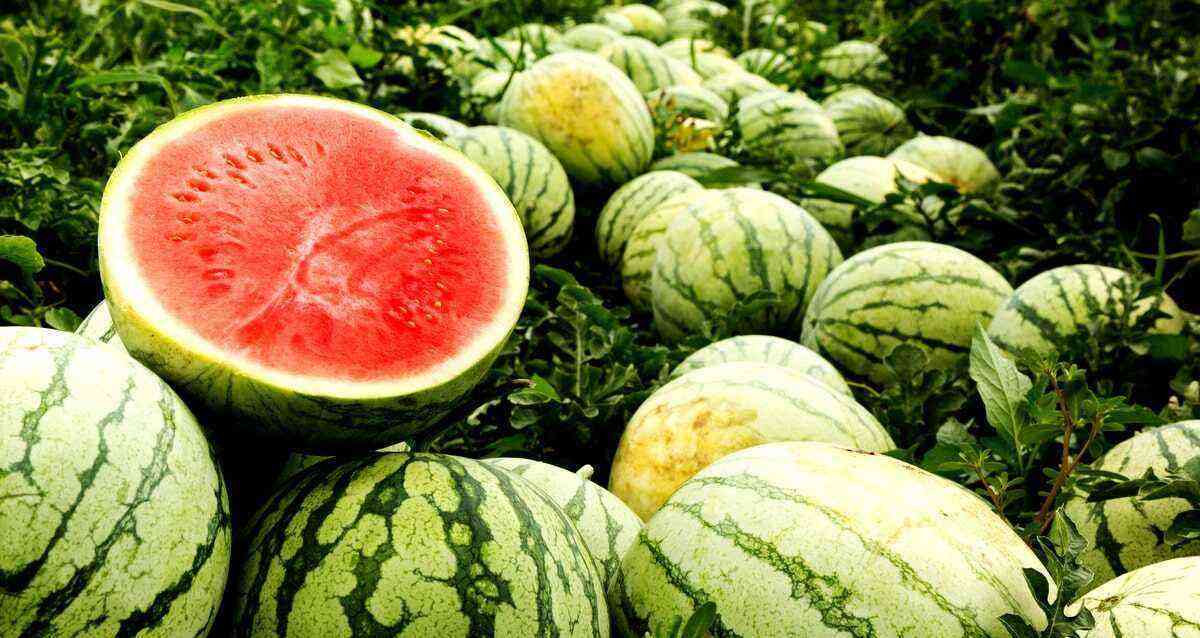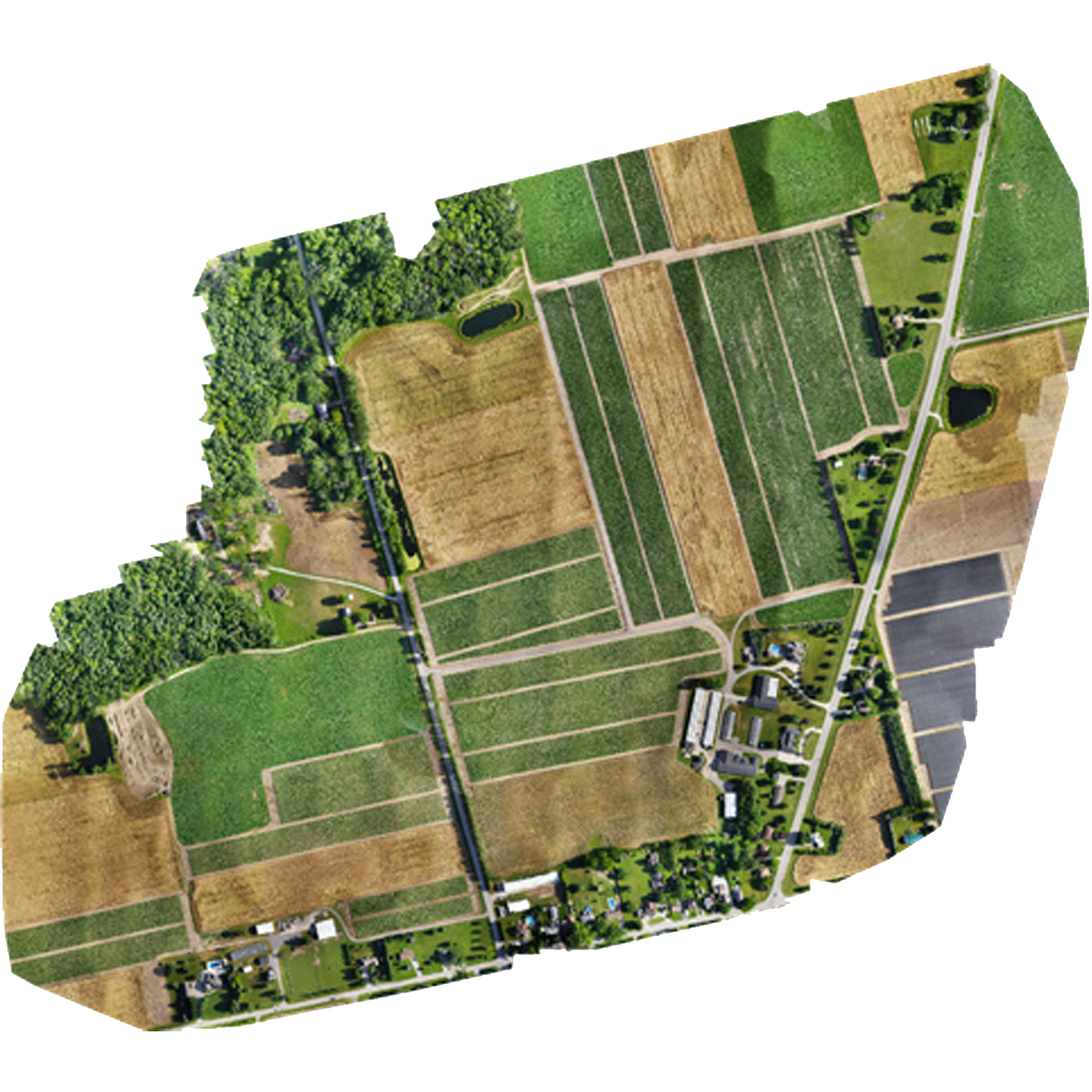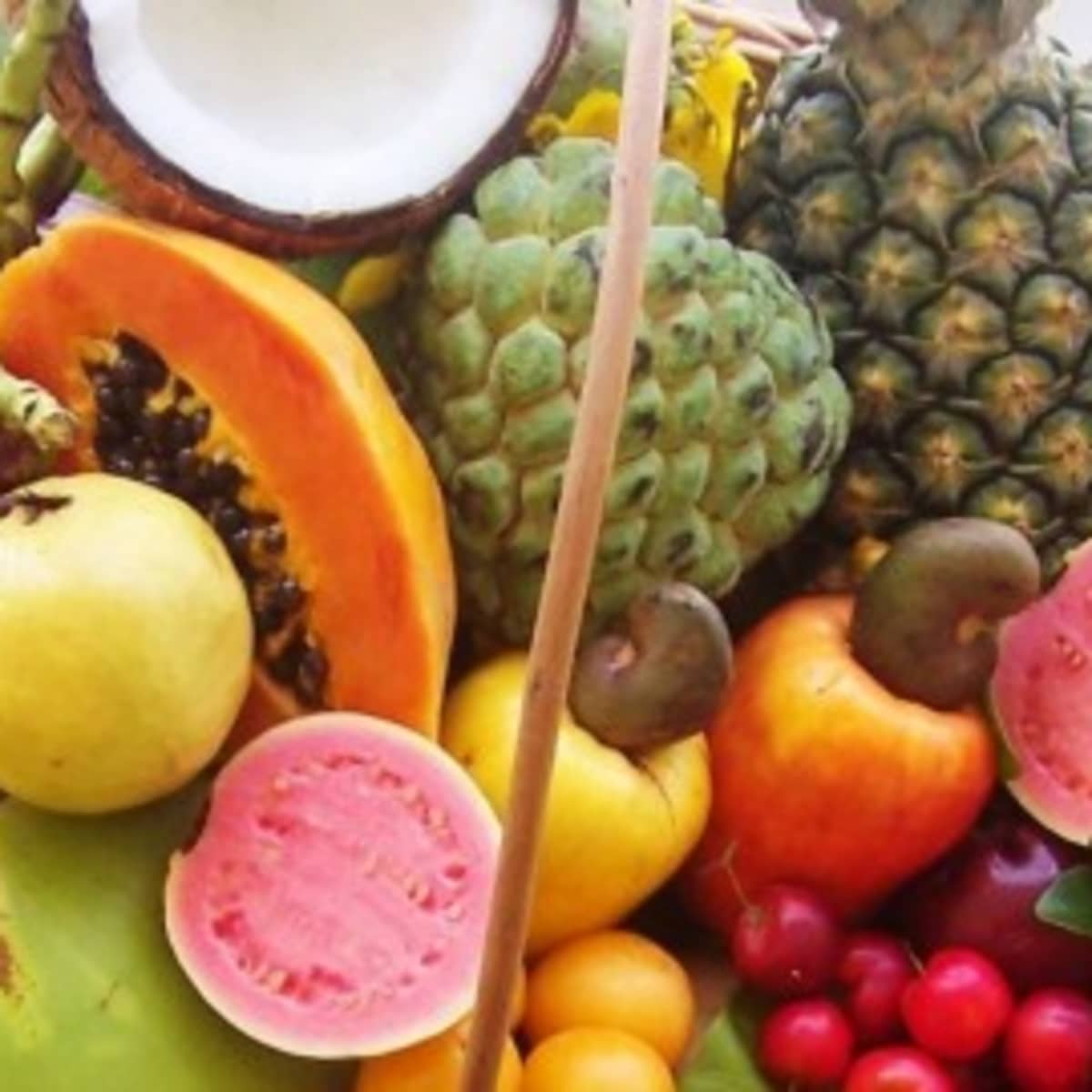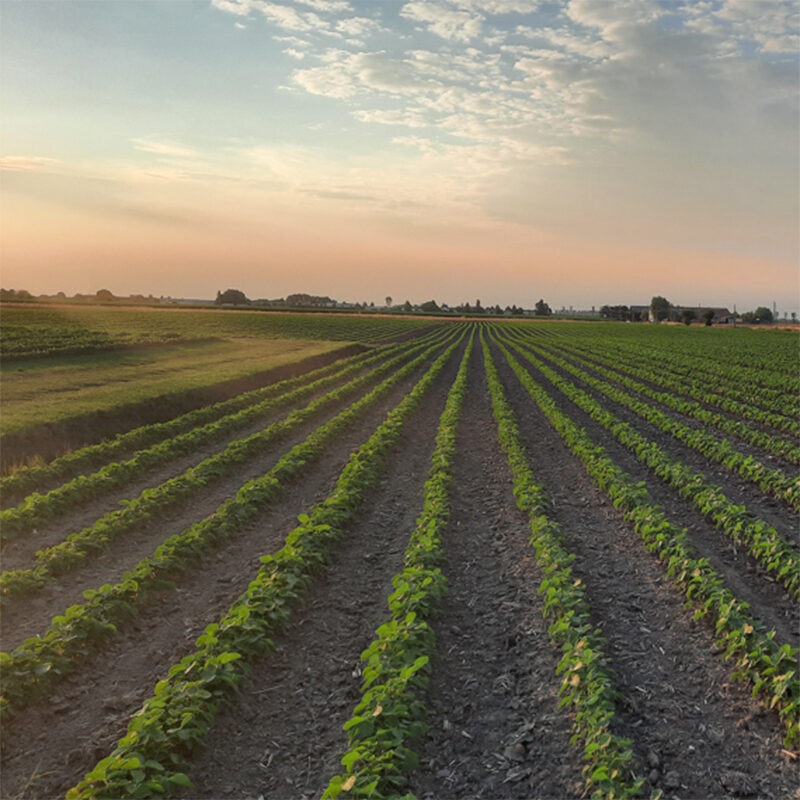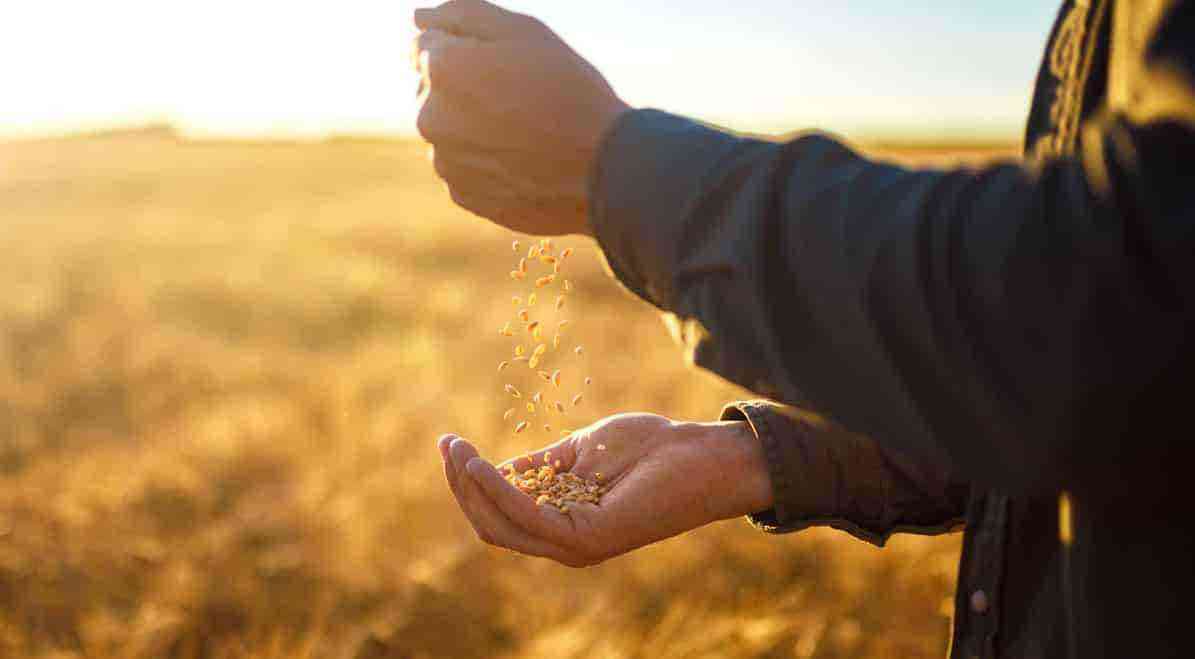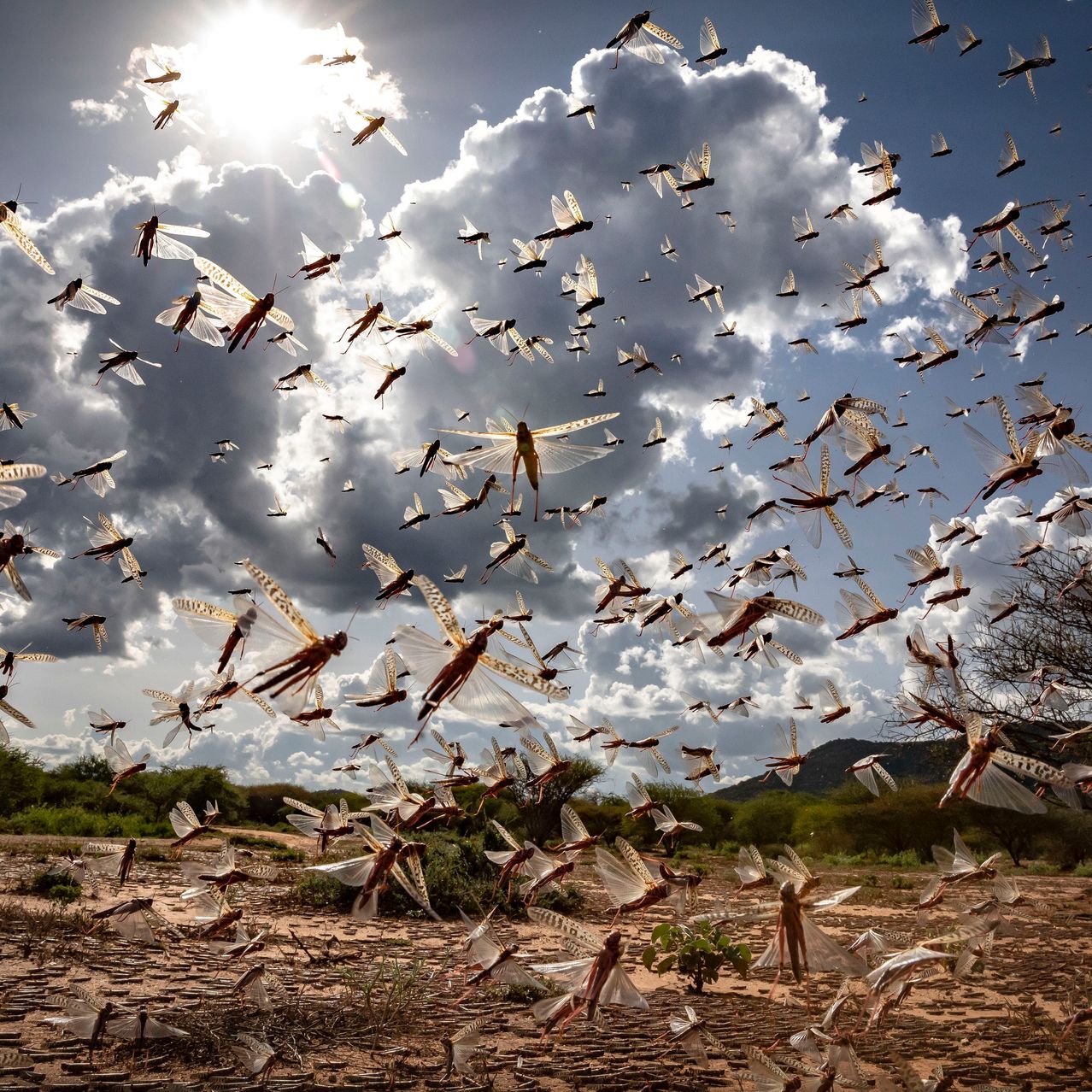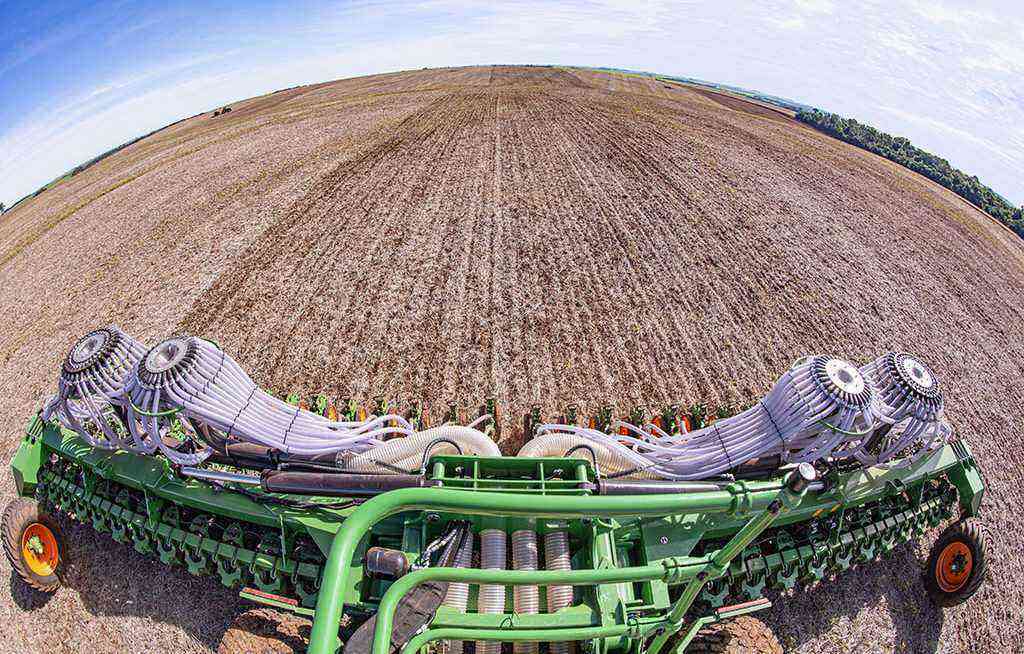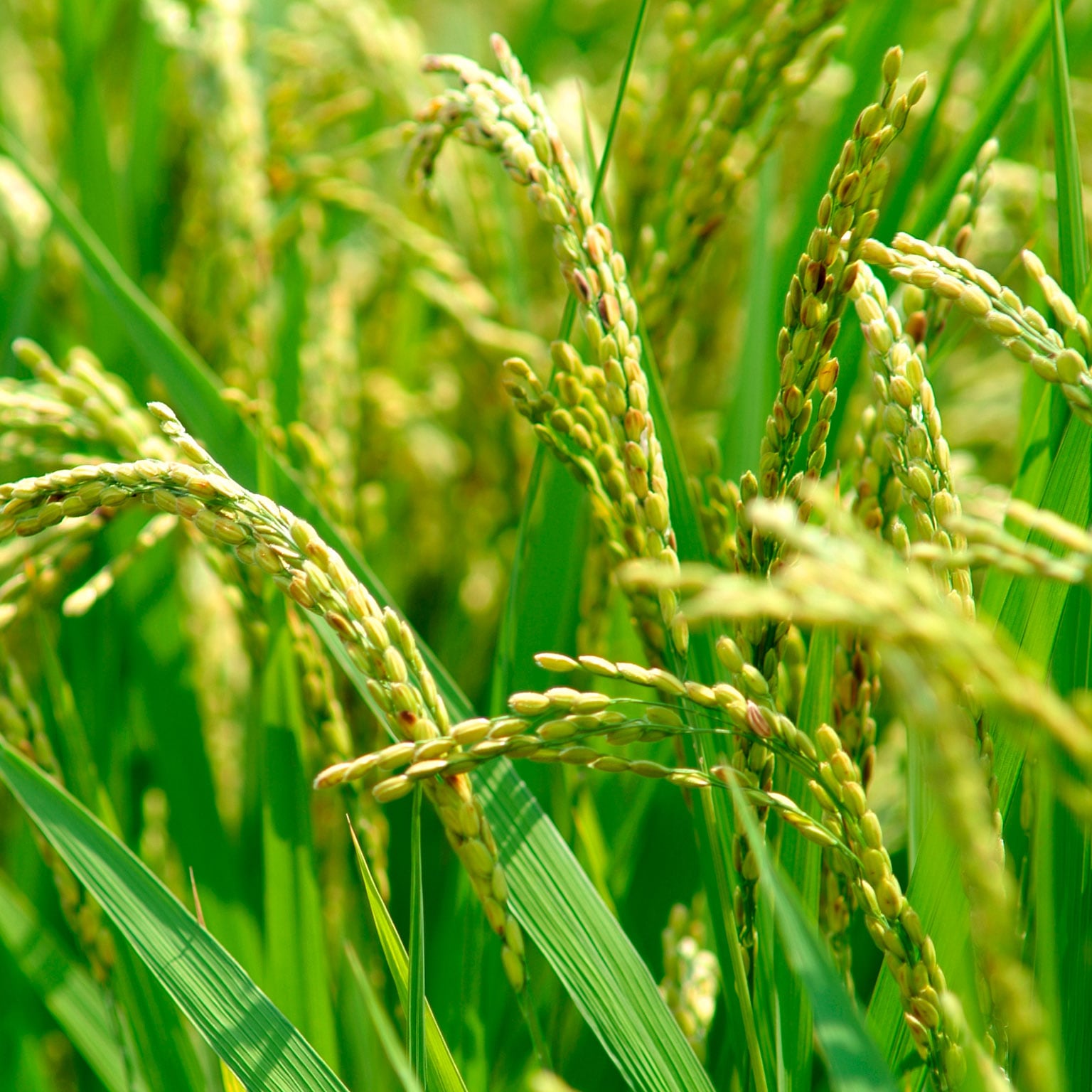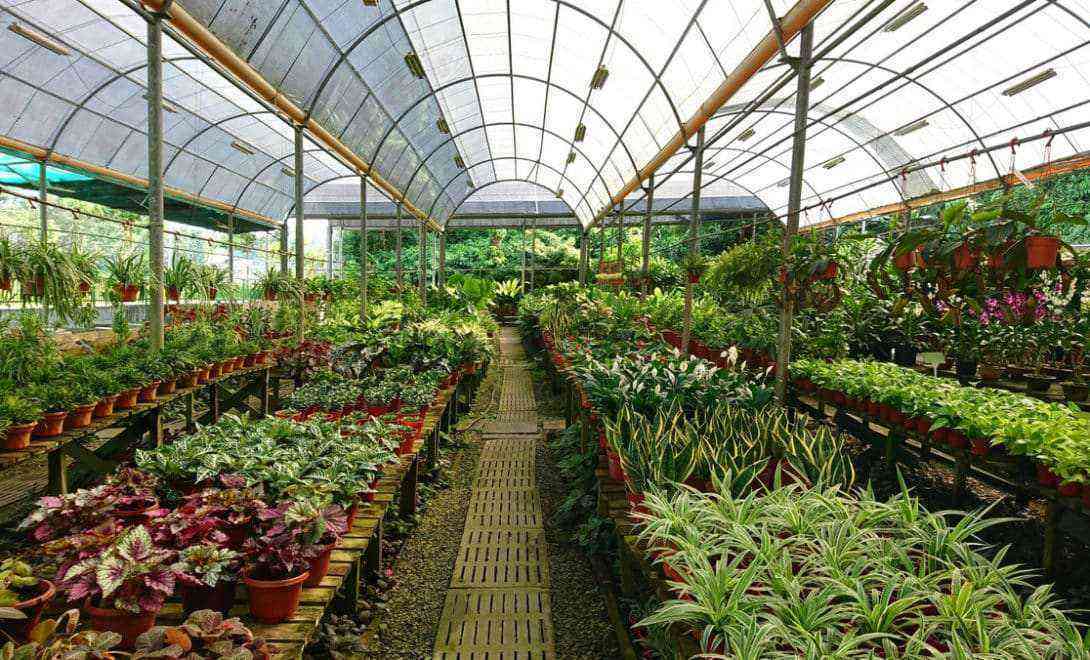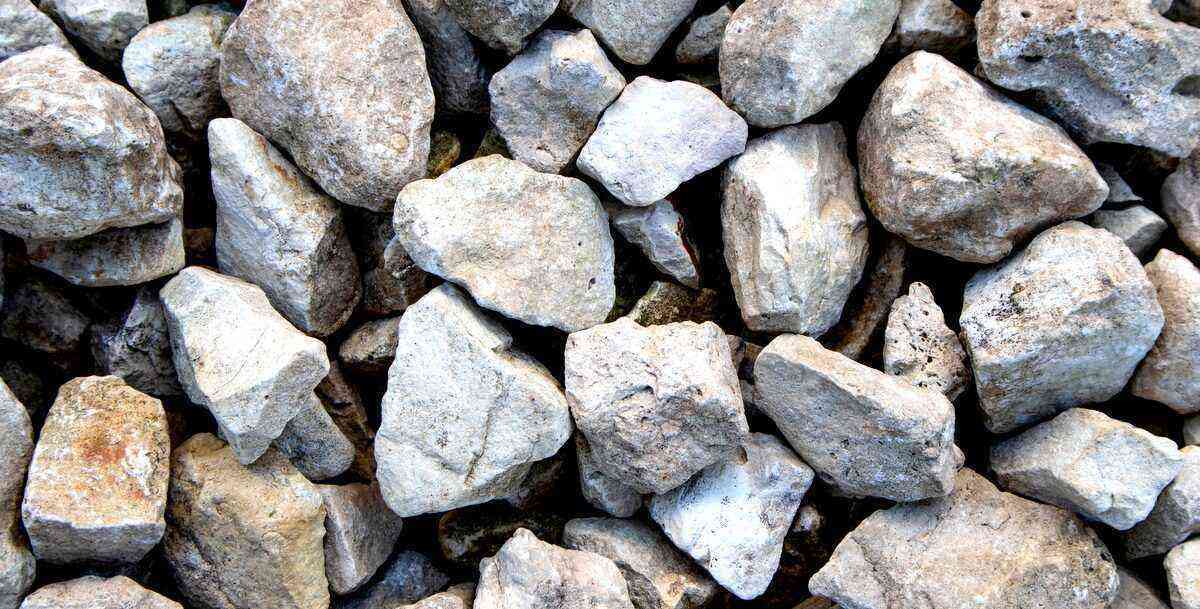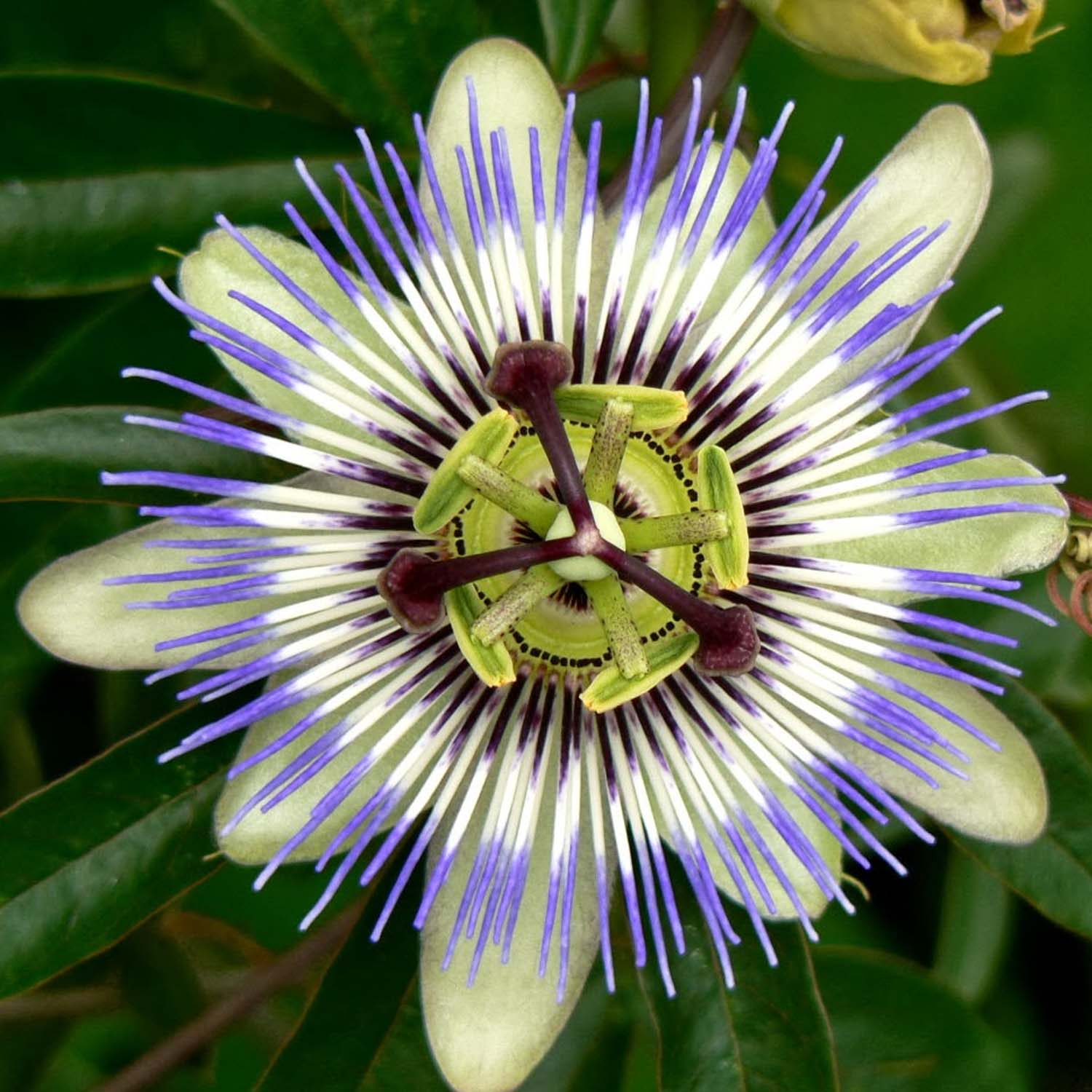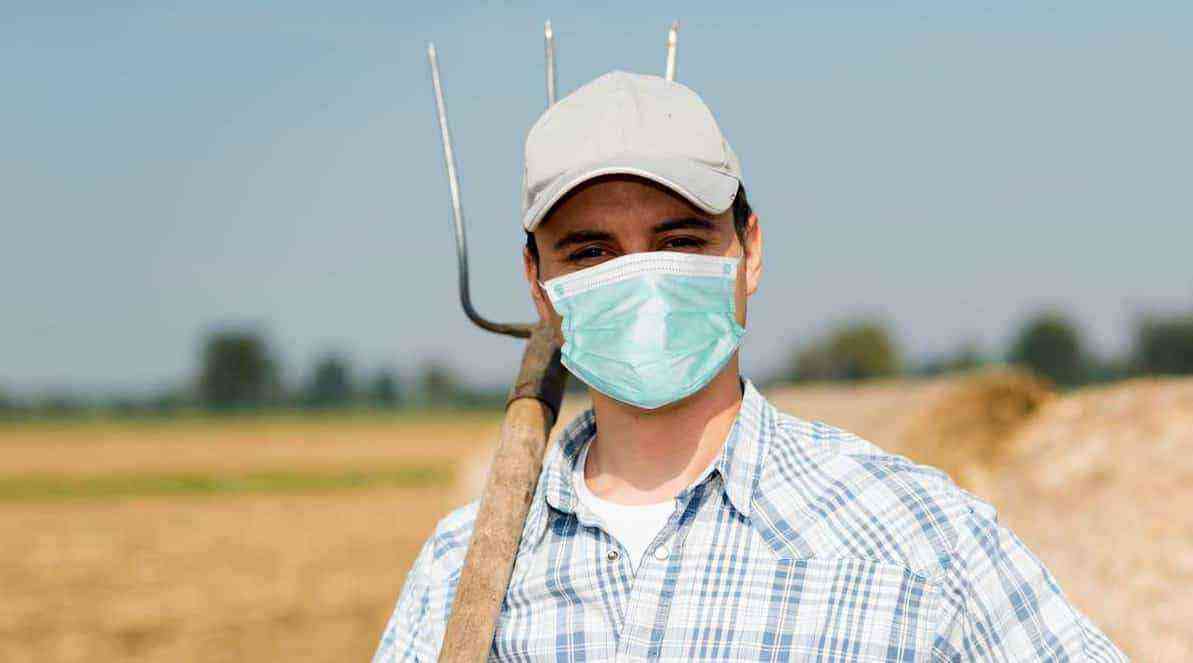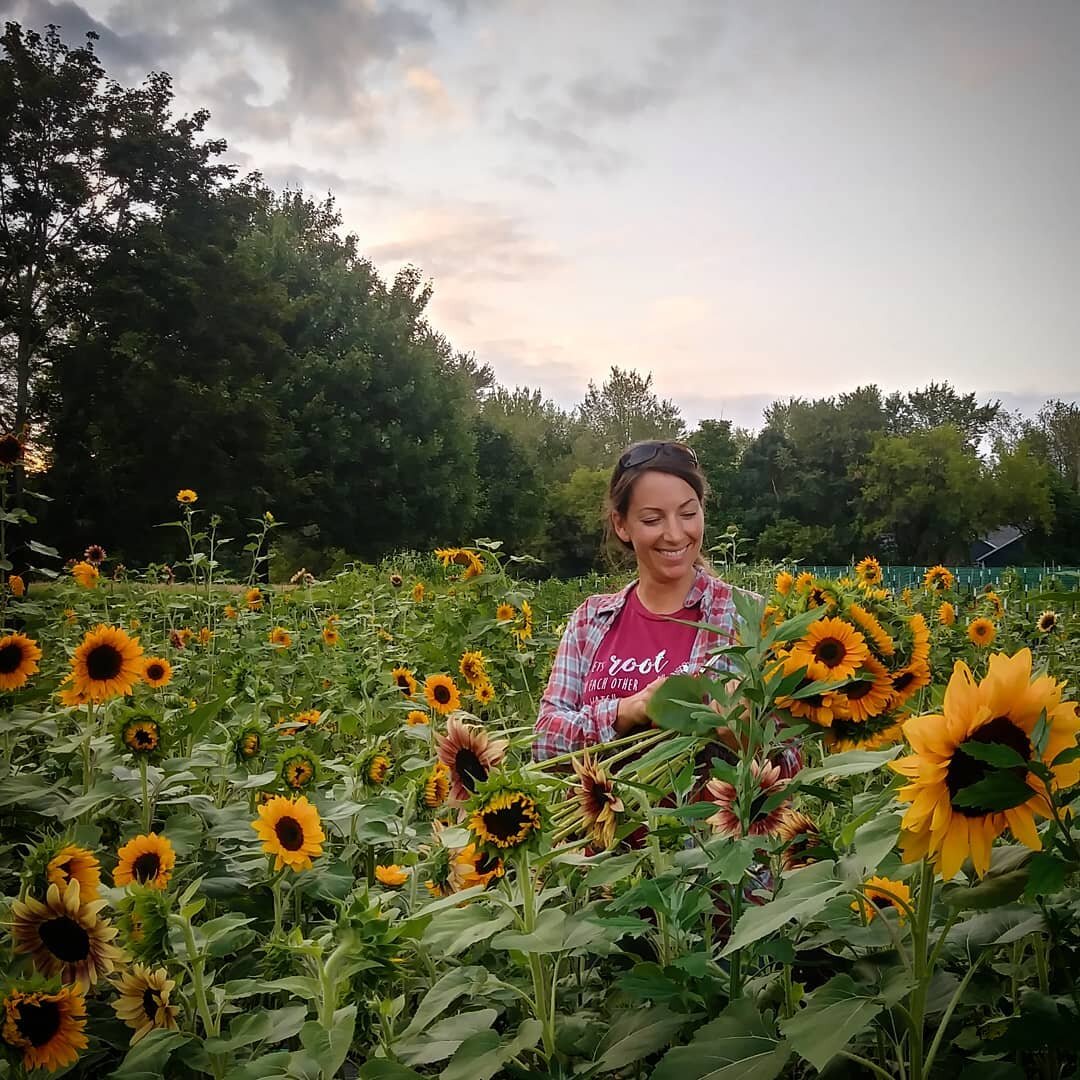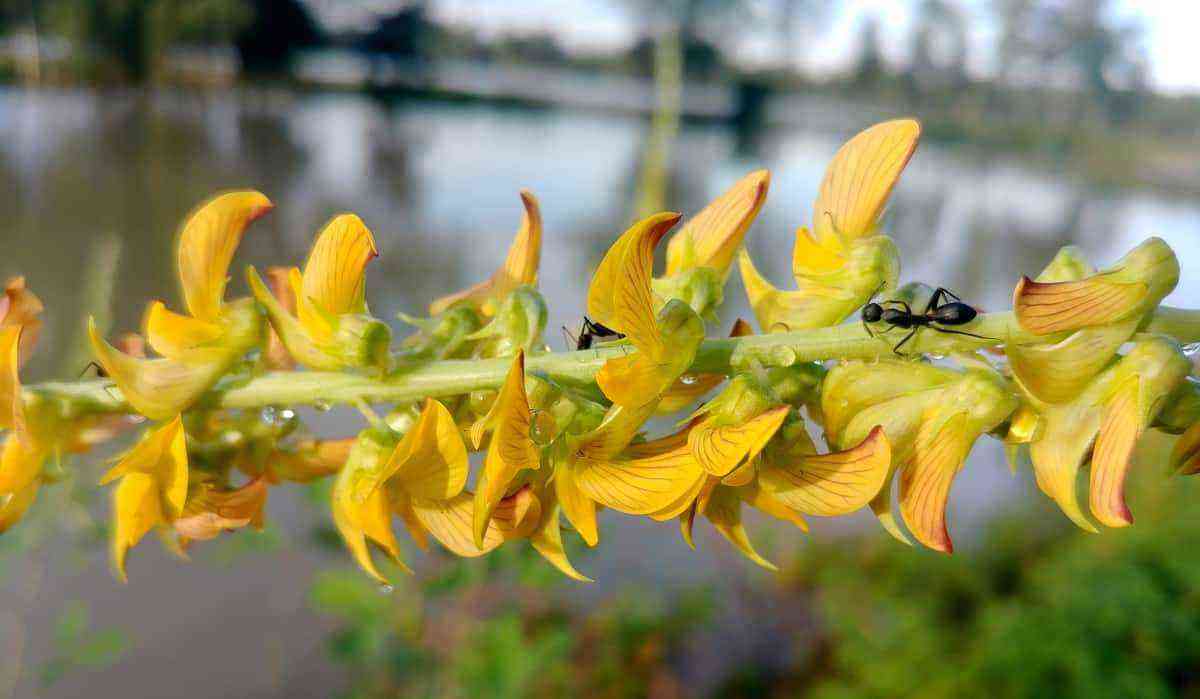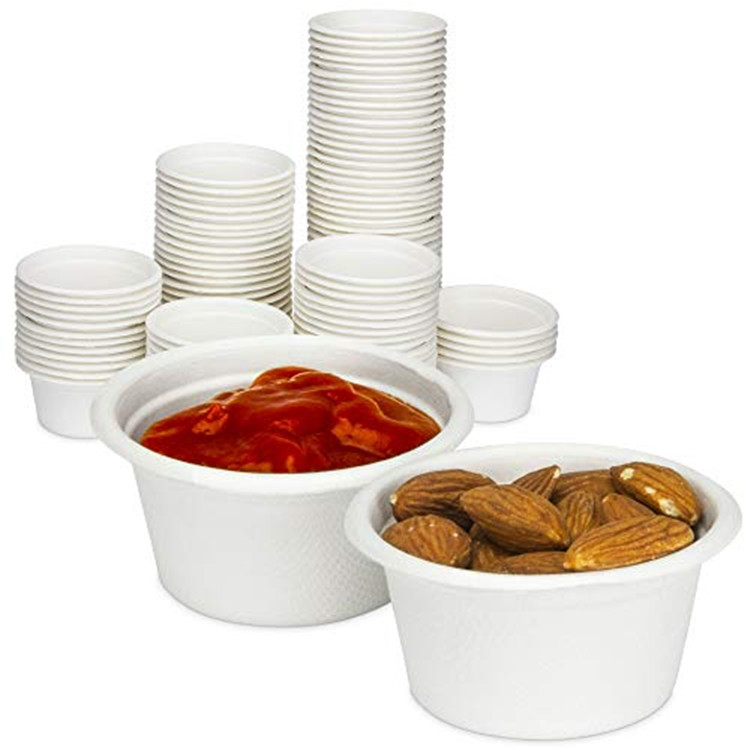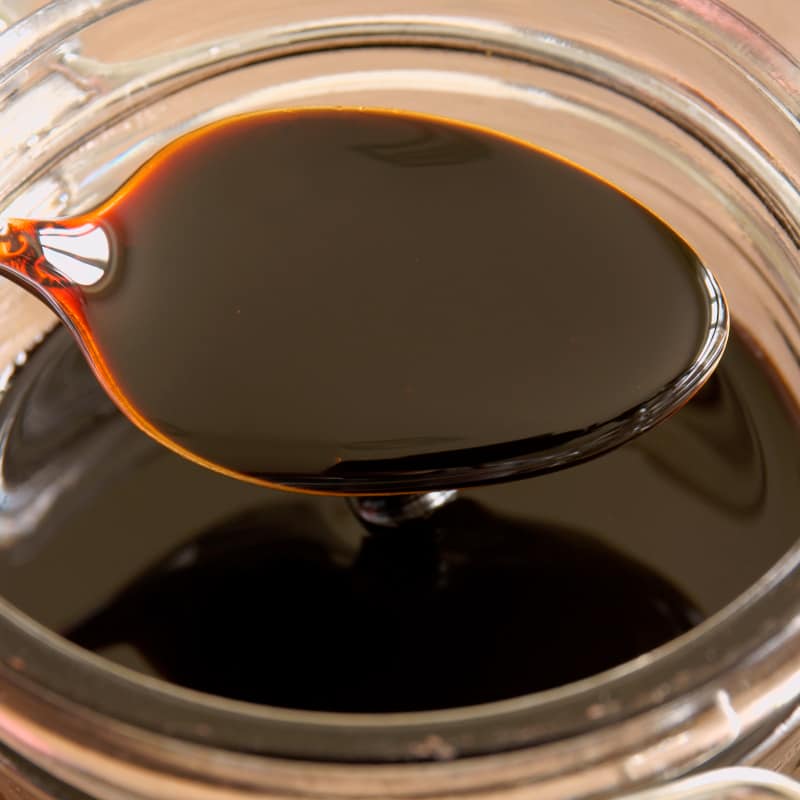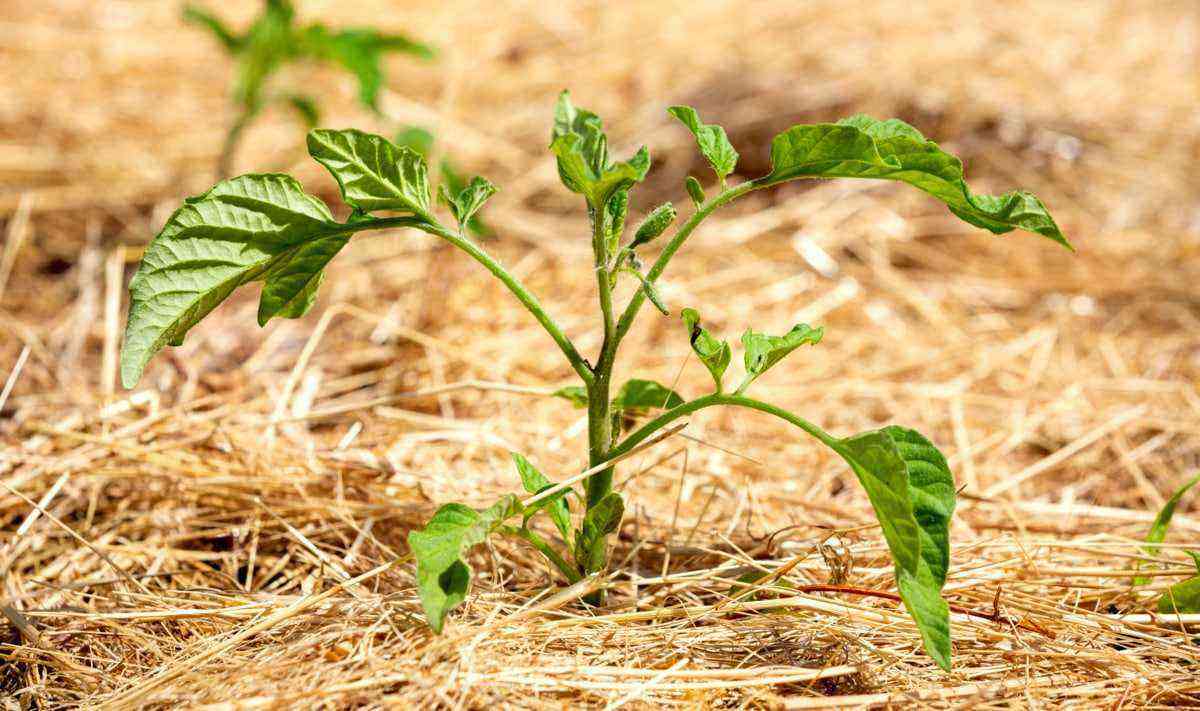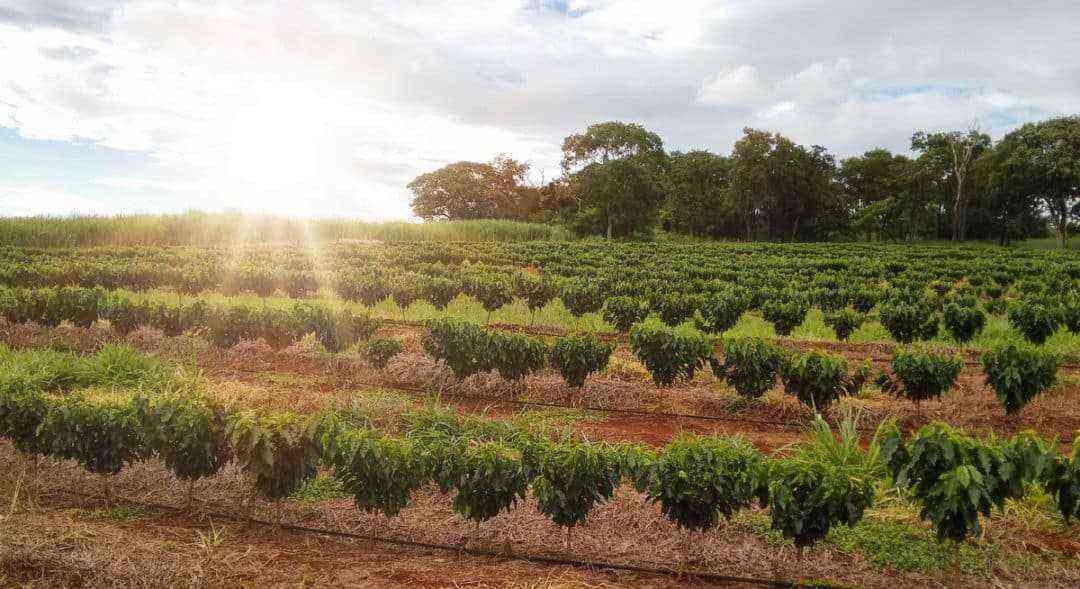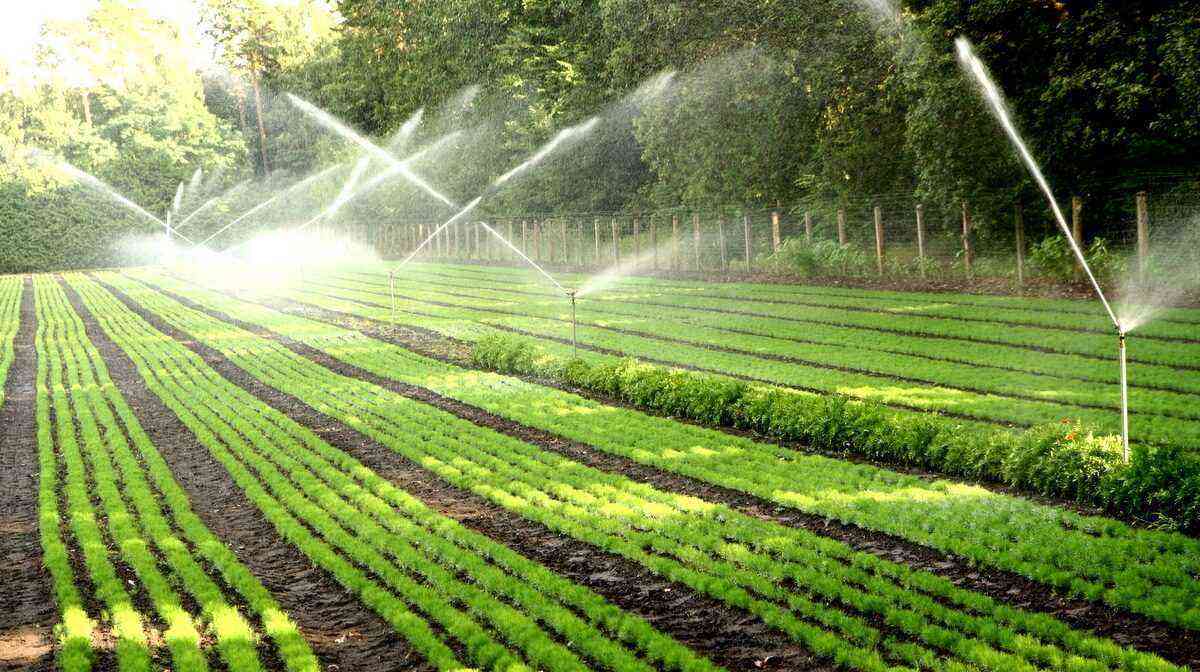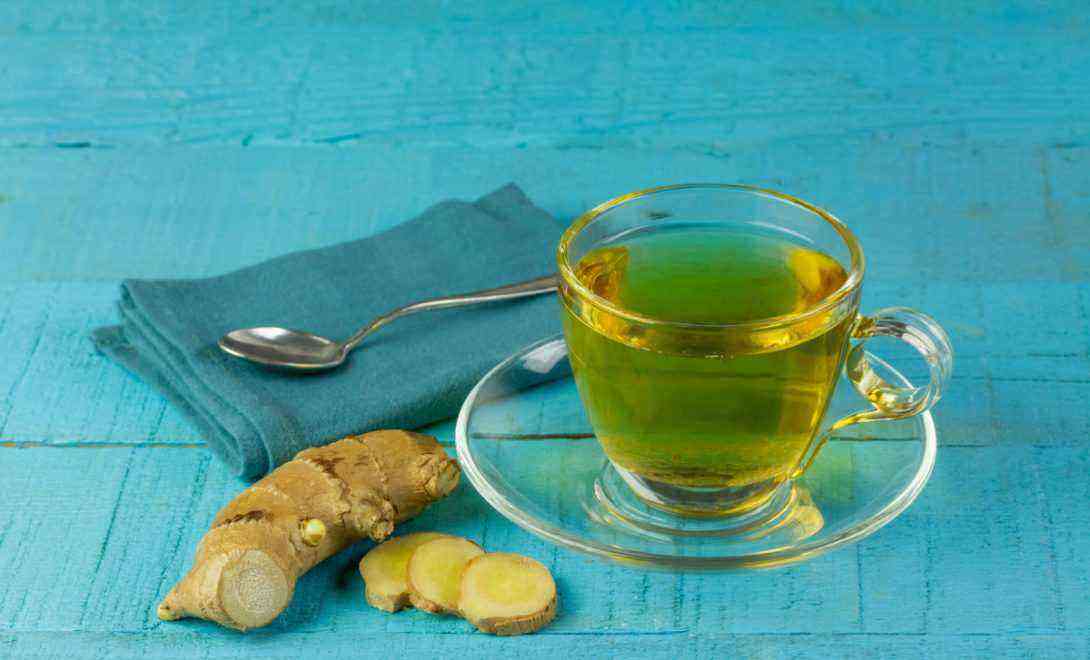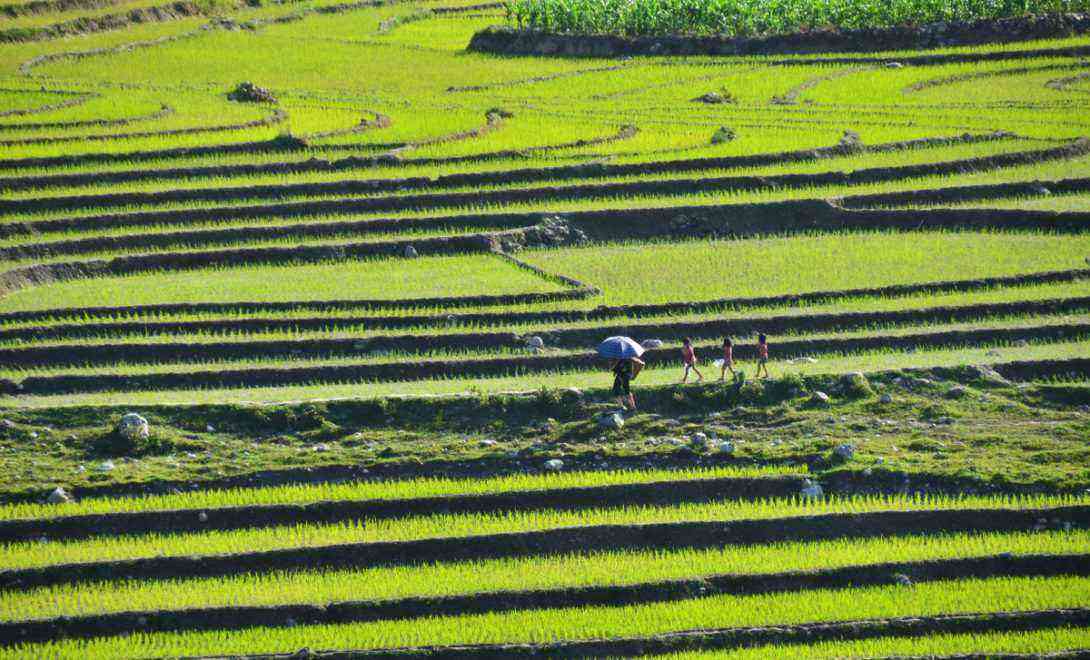Considered a good alternative to replace industrial fertilizers, organic fertilizer is mainly used in small plantations or even home gardens.
It allows the use of food scraps and other natural products, such as manure and eggshells. Organic fertilizer is capable of leaving the soil rich in nutrients and thus ensuring the development of plants.
In this article, we are going to cover some methods and techniques to make your own organic fertilizer that is widely used in family farming.
Coffee grounds
After straining the coffee, you can spread the grounds around the plants and seedlings in the garden. In this way, a supply of nitrogen, potassium and phosphorus is guaranteed, as well as avoiding the presence of slugs and snails that attack the plants.
Another option is to make a liquid fertilizer based on leftover coffee beans and water and then spray this solution on the plants once a day.

Worm farm or compost
The worm farm is a great way to take advantage of organic waste produced at home that would normally be discarded, thus managing to make a great fertilizer to make the soil fertile and rich in nutrients for your crops.
Earthworms break down organic matter, facilitating decomposition by microorganisms, the main humus formers, an essential substance for the maintenance of life on earth.

A very common method is to use the compost itself, with food scraps, dry leaves and other substances, depositing this compost on top of the soil, next to the plants, or mixing it with the earth to plant the seedlings.
Remains of fish and crustaceans
Source of phosphorus and nitrogen, the shells of crustaceans, that is, shrimp, lobster, crab, are excellent for fertilizing the land.
The recommendation is to deposit these barks about 40 centimeters deep in the earth and leave them for a month, covered and with the planting on top.
No video below, check out how to use fish scraps in the garden:
Source: Mundo Verde Organic Garden.
After this period, you must change the husks and do the same procedure to fertilize the land in other points, “stirring” with a garden fork or with your hands.
The same goes for the parts of the fish that are not normally eaten, such as the tail, head and entrails, which are rich in nitrogen, making them ideal for corn and tomato crops.
egg shells
Source of calcium and potassium, eggshells act as a powerful organic fertilizer, increasing plant resistance. To use them, the shells must be washed and crushed. Then sprinkle this material around the seedlings or add to the soil before planting.
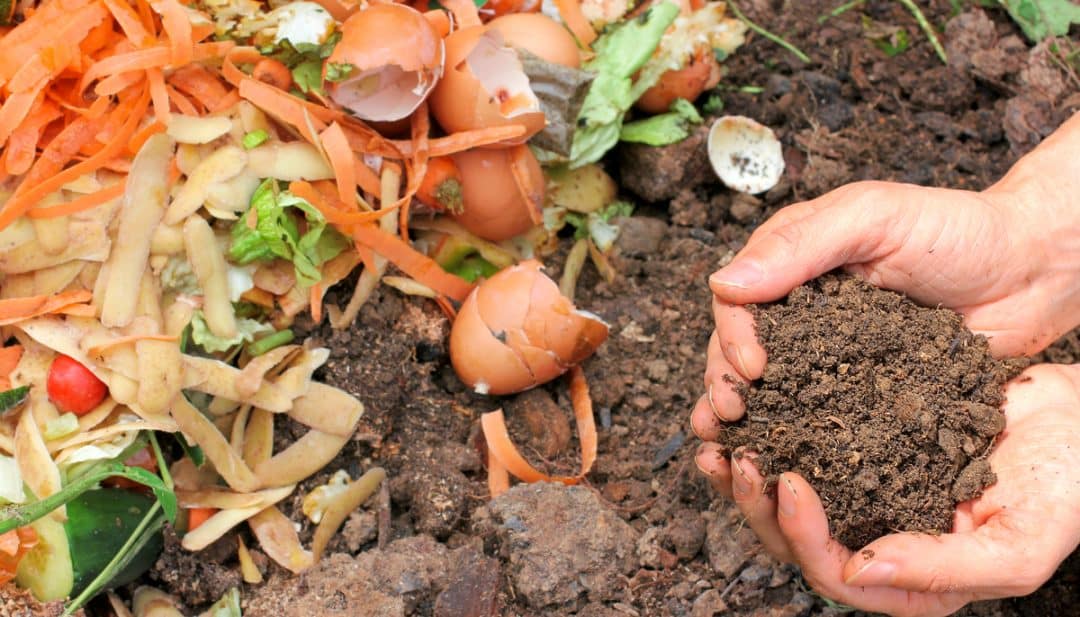
Manure
Widely used as organic fertilizer, the manure of cattle, sheep, horses and other herbivorous animals is an important material to strengthen the soil.
However, it is not enough to add manure to the plantation immediately, it must be prepared for use. Basically, it is necessary to dilute this waste and leave the pile in the sun for about a month, turning it over every three days and taking care not to get too wet.
Only with this process can you prevent the manure from being burned and breaking the roots of the plants.
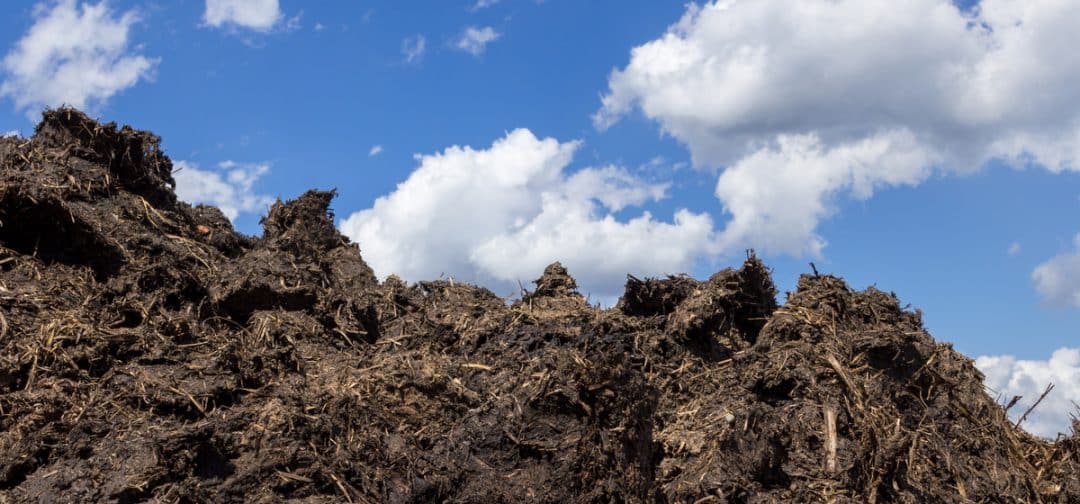
See also: Farmers rely on biological soil analysis
